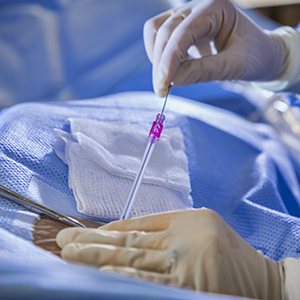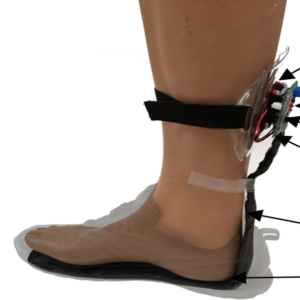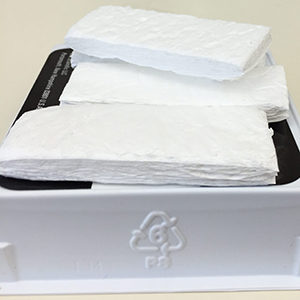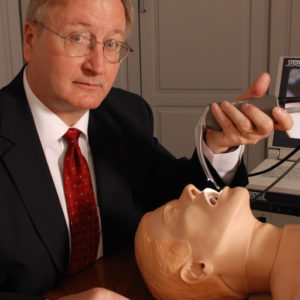Description
Medical device improves catheter stability, patient comfort during interventional procedures
UNMC physicians have finally solved an ongoing problem facing interventional radiologists everywhere: How to access the patient vascular system through the radial artery in the arm or wrist.
A major challenge to adoption of the radial approach is adjusting to changes in room set-up. This new device tackles the problem.
Interventional radiology procedures involve a physician threading a wire or catheter through the patient’s veins or arteries. The minimally invasive procedures have a wide range of uses that include diagnosis, treatment and collecting tissue samples.
It’s well-established that radial access leads to far greater chances of success and better patient outcomes. Yet, due to awkward patient positioning, quirks of vascular anatomy and the cumbersome set-up for a radial approach, radial access remains a significant challenge for most interventional radiologists.
Traditionally, interventionists have avoided those challenges by using the femoral artery in the leg. But femoral access carries with it a significantly increased risk of complications.
This new medical device removes nearly all the challenges associated with radial access.
The innovative design comfortably positions a patient’s wrist while stabilizing the catheter. The wrist and catheter platform are independently adjustable for optimal tilt, length, and height to accommodate any patient size. The device also works for both left- or right-arm access.
Interventions through the radial artery carry more advantages compared to the traditional femoral artery approach, which include:
- lower risk of bleeding complications
- improved patient recovery time
- no requirements to hold pressure, or use closure devices at the catheter site
- increased patient comfort
To discuss licensing opportunities, please contact Nathan Hatch, PhD, at nathan.hatch@unmc.edu or 402-604-0914.






